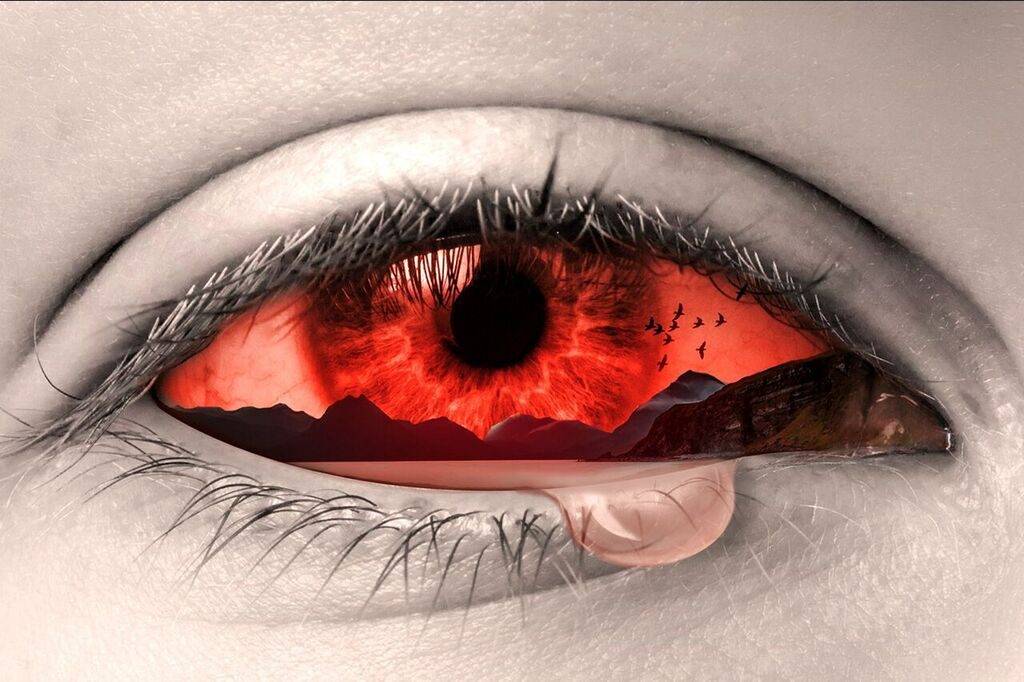Dry eye syndrome (DES), also known as keratoconjunctivitis sicca, is a condition that causes the eyes to be chronically dry. This can occur either when the eyes don’t produce enough tears or the tears that are produced don’t have the appropriate composition to lubricate the eyes sufficiently.
This can lead to symptoms such as dryness, itching, redness, eye pain, and even permanent vision loss.
While dry eye syndrome may seem like a minor inconvenience, it can actually have a significant impact on an individual’s quality of life.
However, importantly, the signs of dry eyes could indicate a more serious and harmful eye conditions or even a chronic disease, that needs medical attention.
In severe cases, it can even lead to permanent corneal damage. Furthermore, dry eye syndrome is not just a problem for the elderly, it can affect people of all ages and is becoming increasingly common due to our modern lifestyle.
What Can Lead to Dry Eye Syndrome?
Some of the factors that contribute to the development of dry eye syndrome include:
- Prolonged use of electronic devices and computer screens
- Environmental factors, such as dry or fast flowing air, pollution and indoor heating.
- Medications such as antihistamines and blood pressure medication.
- Hormonal changes. Women going through pregnancy or menopause may experience dry eyes due to changes in hormone levels.
- Aging
Medical Conditions that Can Lead to Dry Eyes
Dry eyes can also result from more serious medical conditions or even chronic diseases.
Here is a list of where dry eyes could be the sign of a harmful cause that needs medical attention.
These medical conditions can reduce tear output and cause the uncomfortable symptoms associated with DES, including:
- Diabetes
- Rheumatoid arthritis
- Sjogren’s Syndrome
- Lupus
- Scleroderma
- Graft vs. host disease
- Thyroid disease
- Sarcoidosis
- Vitamin A deficiency
- Corneal nerve desensitization
The good news is that many eye doctors can successfully treat dry eye syndrome, once it is correctly diagnosed.
This may include using artificial tears, oil-based eye drops, prescription medications, or wearing special contact lenses. In some cases, a procedure called punctal occlusion may be recommended, where the tear ducts are plugged to retain the natural tears on the eye’s surface.
There are also a number of in-office treatments that help alleviate dry eye syndrome by treating the underlying cause of the dry eyes, including adding vital and soothing oils into the tears.
Researchers are currently working on developing a dry eye treatment based on stem cells and gene expression to promote corneal healing and prevent dry eye-related damage.
Contact Your Local Optometrist
It is important for individuals who are experiencing symptoms of dry eye syndrome to seek treatment from their local optometrist.
If left untreated, dry eye syndrome can lead to permanent damage to the eyes, and even vision loss.
Therefore, it is crucial to take dry eye syndrome seriously and to address it as soon as possible.










